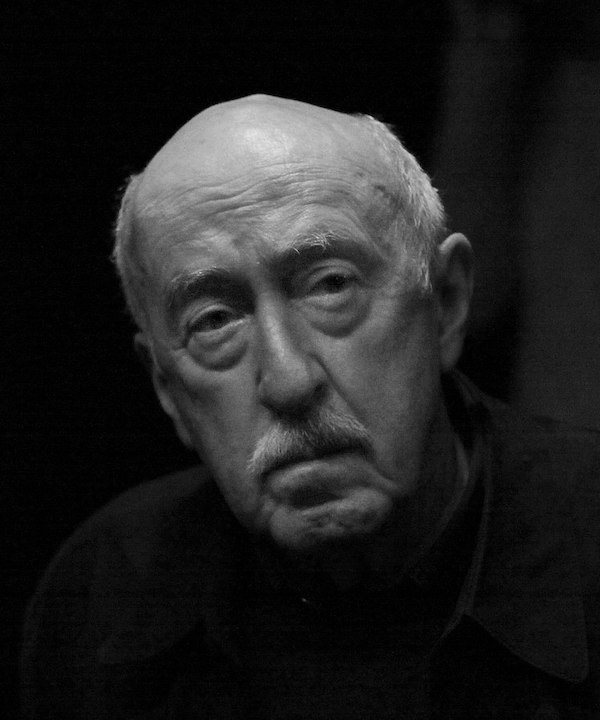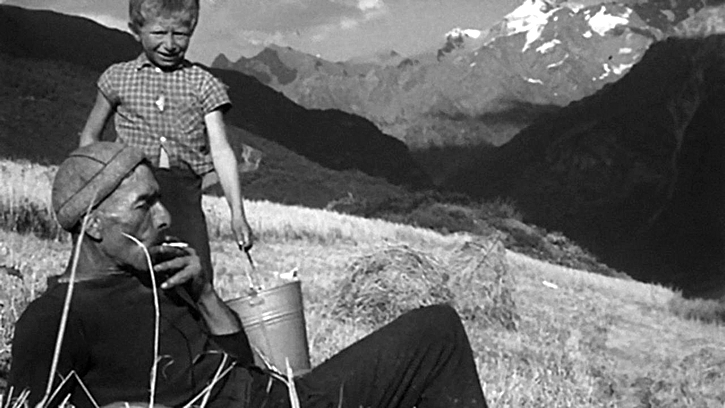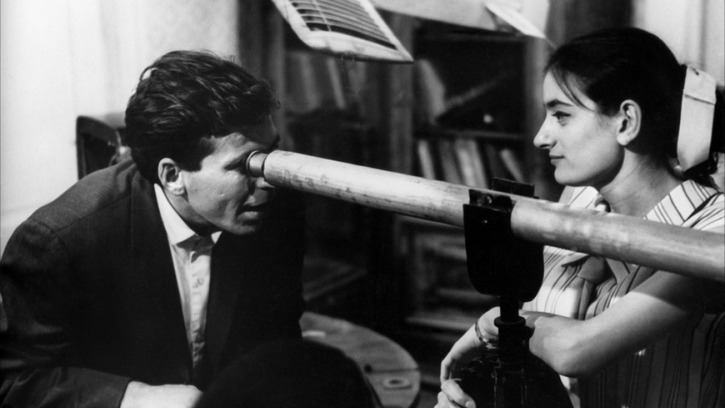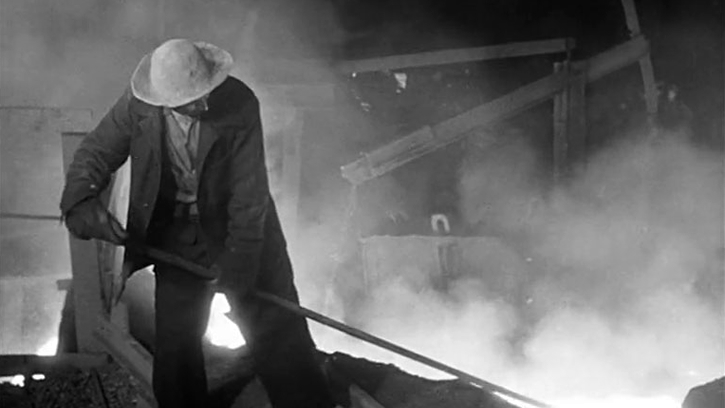La Chasse aux papillons
by Otar Iosseliani
(Fiction, France/Germany/Italy, 1991, 115’, C, Fr ST)
with Narda Blanchet, Pierrette Pompon-Bailhache, Alexandre Tcherkassoff, Thamar Tarassachvili
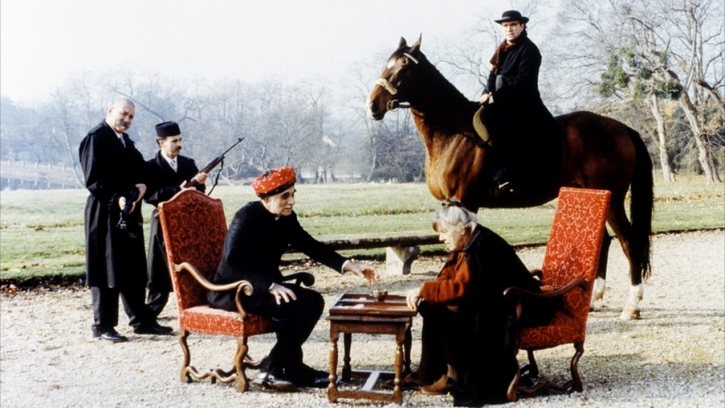
Châtelaine Marie-Agnès de Bayonnette lives in her family home with her cousin Solange. The lives of the two old ladies are governed by the traditional codes of aristocracy. When Marie-Agnès died, the heirs from Russia had to fight over the estate with a Japanese company that wanted to buy the property.
Pasinetti Prize at the Venice Film Festival 1992.
“This is simply the story of the intrusion of “advanced” and progressive strangers into indigenous people who live in a harmonious and closed world, according to outdated rules. It’s a phenomenon that happens all over the world… so I could have made this film anywhere, including Georgia. But I couldn’t have constructed a pure parable. I would have had to consider elements that were foreign to this tragedy, the struggle of a people against the heritage of Bolshevism. When you want to tell a fable, you must be like a chemist who works “in a vacuum,” in a laboratory, with unadulterated elements: a weakened lion is kicked by a donkey, a wise fox flatters a narcissistic crow, a stupid ant gives lessons to a lazy, poetic grasshopper…” Otar Iosseliani, Cahiers du cinéma, no. 461, November 1992



